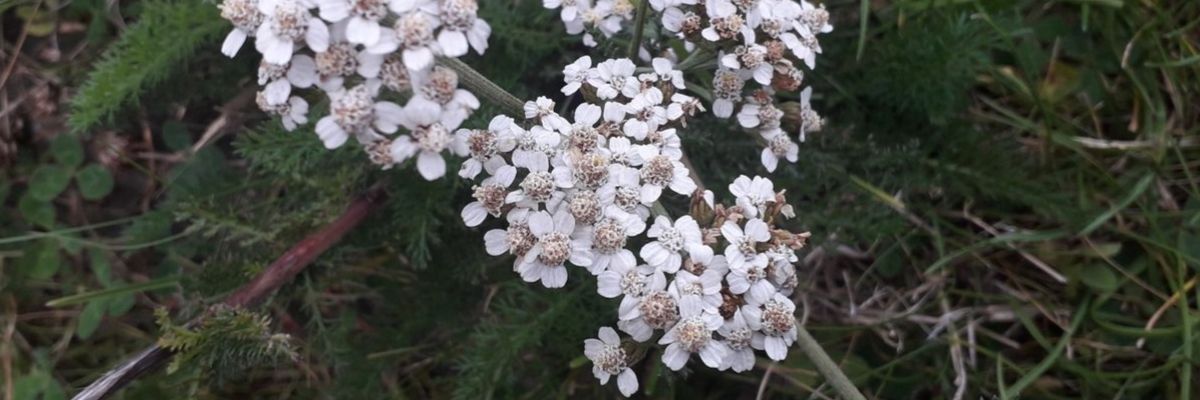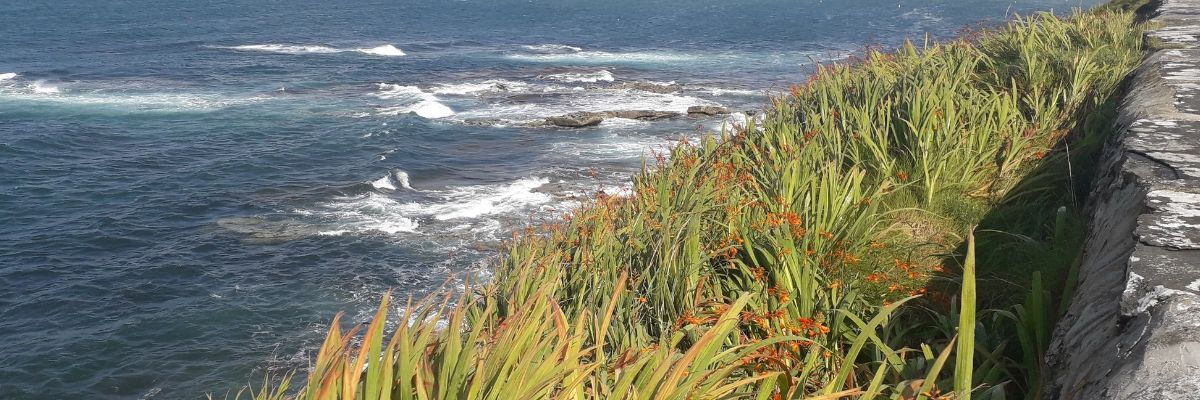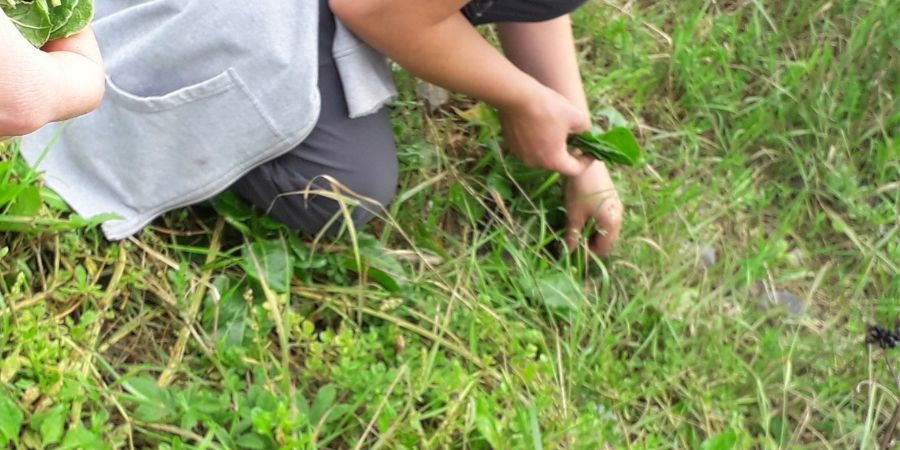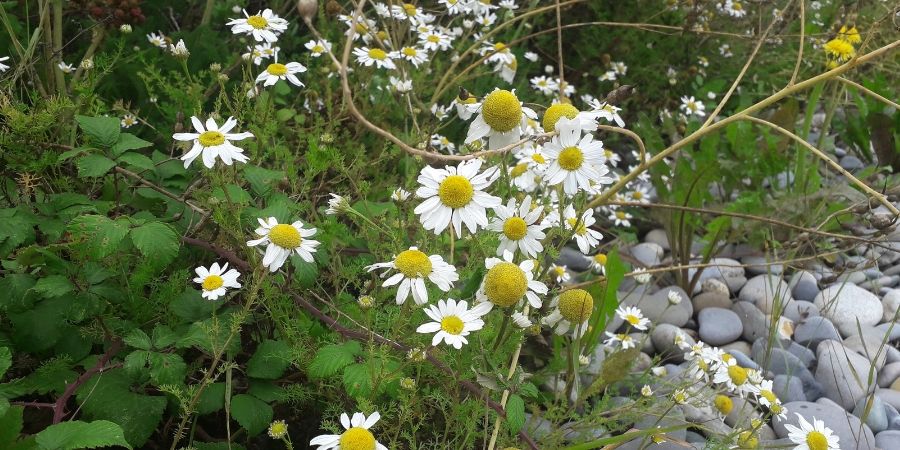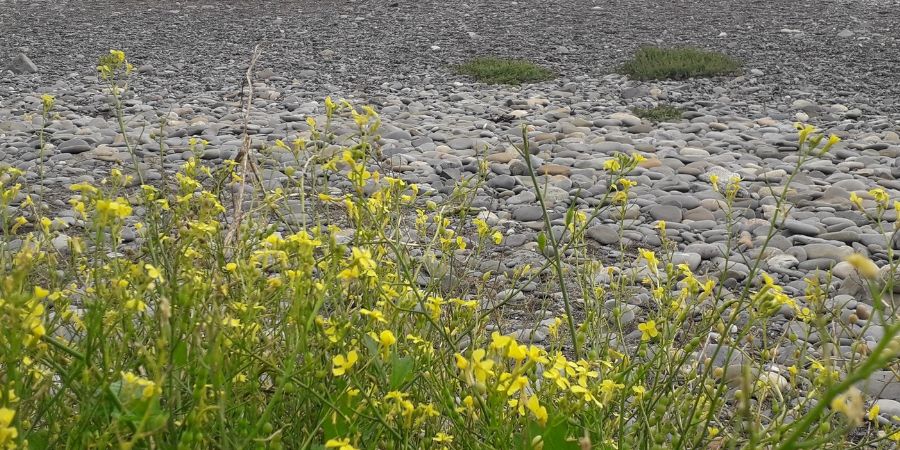Yarrow Benefits and How to make Yarrow Tea?
History
White flower headed Yarrow, aka Achillea millefolium, is said to derive from the Greek hero Achilles, who had an affinity to Yarrow, after being shown its many uses by Chiron the Centaur, and used this herb to heal soldiers during the Trojan war.
This sweet scented health has a rich healing history from around the world. Renowned for its ability to heal and repair, its feathery leaves have been used since ancient times to heal cuts, wounds and burns.
It grows abundantly beside roadsides and paths. Foraging for yarrow is fun in summertime but be careful for lookalikes.
Traditional Uses and Health Benefits
There is a good reason why this herb is known as a healing herb.
Yarrow has many funny nicknames including Nosebleed. If you have a nosebleed, you can stuff the leaves up your nose to stop the blood flow. Antiseptic and anti- inflammatory, it has the ability to rapidly stop the blood flow.
Yarrow is commonly used to help with issues like diarrhea and stomach issues. It is also used to help clear coughs, asthma, colds and liver disorders.
In manufacturing, yarrow is used as a cosmetic cleanser and in shampoos. The leaves and flowers are sometimes used in salads.
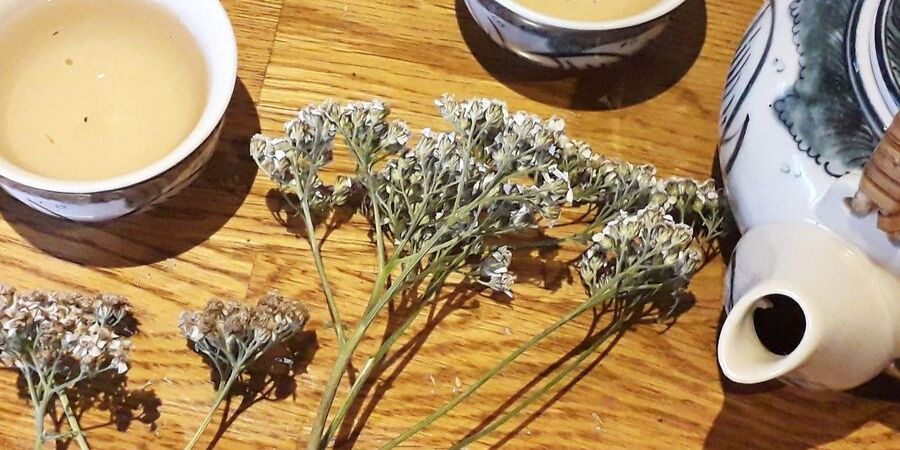
Three ways to use yarrow
- Yarrow Tincture: You can make this traditional tincture by plucking off the flower heads, putting them into a glass container and covering them with alcohol for 6 weeks. Traditional dosage: 2 ml taken 2 times per day.
- Yarrow Herb Tea: Use 1-2 teaspoons per cup of boiling water and steep for 5 -10 minutes depending on taste.
- Yarrow Salad: The fern like leaves from this hero herb are sometimes used in salads.
How to make Delicious Yarrow Tea
For yarrow tea, simply put a 1-2 teaspoons of dried yarrow flowers in a tea pot, let it sit for 20 minutes, strain into a cup and enjoy a healthy tea.
If you want to treat yourself to a box of freshly dried yarrow you can get it in our Wild Store today.

